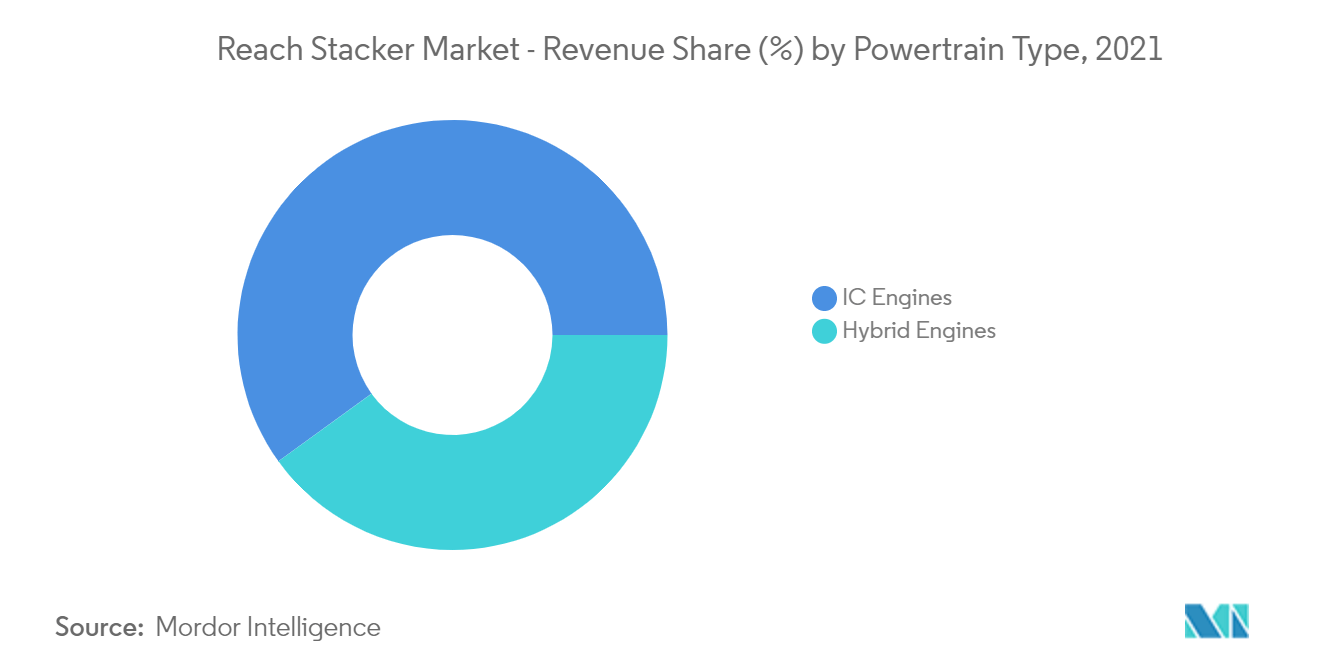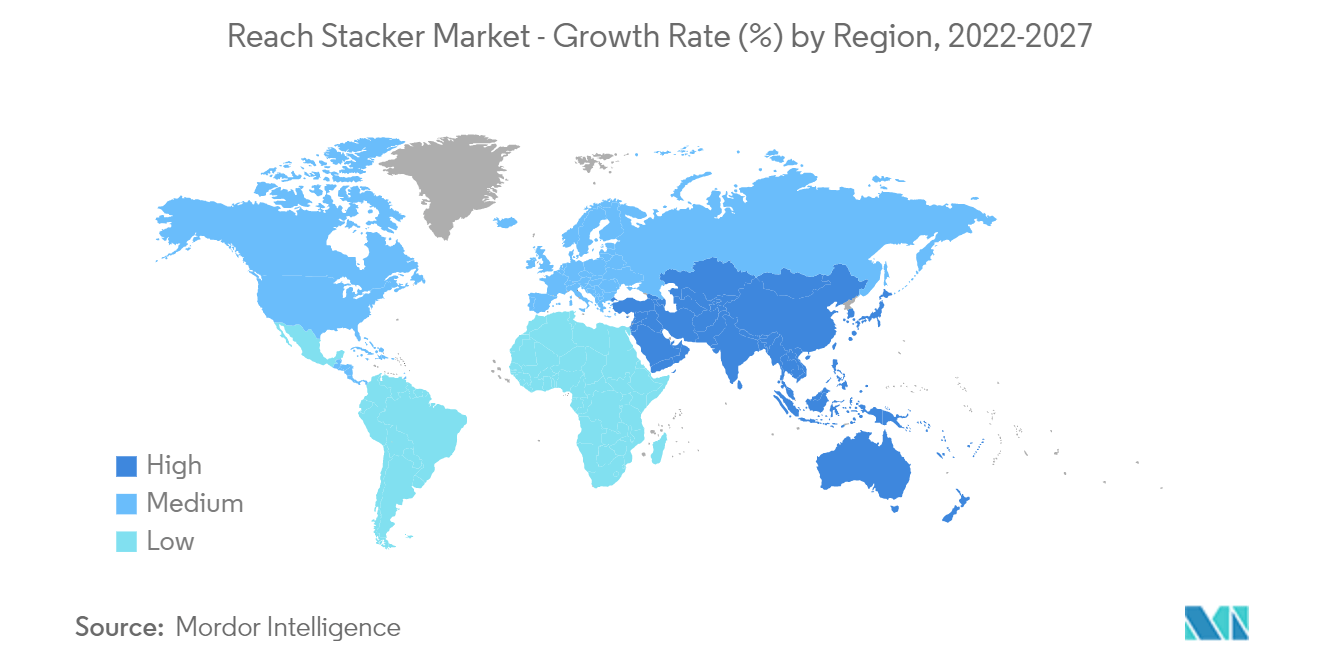Market Trends of Reach Stacker Industry
This section covers the major market trends shaping the Reach Stacker Market according to our research experts:
Electric Reach Stacker to Gain Momentum
Globally increasing carbon emissions and climate change have come up as a potential challenge for governing bodies of major developed and developing countries. The transportation sector holds a major contribution to greenhouse effects, accounting for around 24% of global Co2 emissions. In concern to minimalize the carbon emission from the transportation sector, technologies of low-carbon emission or zero carbon emission are required to be deployed at a vast scale.
In context to zero carbon emission technologies, alternative fuel vehicles (AFV) offers significant energy sustainable transportation and came up as a potential innovation to address the issue. In the logistics and goods services sector which even holds large share in the GDP, zero emission vehicles are quickly seeking opportunities to electrify the complete ecosystem. For instance, in July 2022, Port of Helsingborg of Sweden order their first all-electric Kalmar reach stacker. The electric reach stacker has wheelbase of 6.5 meters and carries 587 KWh battery pack to deliver power. In addition, the equipment comes with lifting capacity of 45, 32 and 16 tons variant.
With the increase in trade activities between the nations, the capacity of the existing ports, as well as demand for new ports development, remains the major concerned point for the governments globally. To match the demand, the governments are planning accordingly and spending funds for the development of existing ports as well as new ports under various initiatives.
Considering these development and factors, demand for electric reach stacker is expected to remain on the positive side of the graph.

Asia-Pacific Remains the Largest Market
Despite the ongoing trade war between two major economies of the world, the United States and China, the trade exports to other parts of the world witnessed high demand and kept the ports in the region busy. During the forecast period, it is expected that the trade tensions between these two countries will ease, and trade will be back to normal which will accelerate the export volumes from the region. The region accounts for around 40% of the total trade by volume globally. The governments in the region are spending aggressively with a future outlook to develop ports with high capacity while at the same time keeping the environment clean.
China has a total of 34 major ports and 2000 minor ports which are expanding the country's trade route. Many of these ports are globally relevant in terms of economic and historical contributions to global trade volumes. In addition, 158 ports which are situated on China's eastern and southern coasts also play the most crucial role in import-export activities. Chinese authorities are also accelerating their pace of developing world-class ports. With a very competitive aim to achieve breakthroughs in green, smart and safe development of major ports, with enhanced scale at regional and other ports by the year 2025. By 2035, major ports should advance to world-class levels and by 2050, several world-class port clusters should be formed, with leading development levels.
In India, which is also a fast-developing nation, more than 90% of trade by volume is conducted via the country's maritime route, there is a continuous need to develop India's ports and trade-related infrastructure to accelerate growth in the manufacturing industry and to assist the 'Make in India' initiative. There are 13 major ports in country which cumulatively handles most of the trade volume of cargo and container traffic. Further, over the west coast, Kandla, Mumbai, Mangalore, Mormugao, JNPT and Cochin are equipped with ports. whereas east coast ports are situated on Chennai, Visakhapatnam, Tuticorin, Kolkata, Paradip and Ennore.
Expanding number of ports enables the region to exhibit immense demand for the reach stacker for material handling, transportation services. The major players in the region are developing innovative, efficient and clean fuel equipment for the ports in the region to reduce the carbon footprints at the same time increasing the output efficiency.
In June 2022, Kalmar has announced its recent delivery of three Eco reach stackers to be delivered to North China Yantai Port to enhance overall efficiency, financial stability and sustainability of port. The Yantai Port is located in the north of Shandong Peninsula which is an most essential node for the 21st-century maritime silk route. In addition, the Kalmar and Yantai Port have consistently maintained longer-term working relationships since the 1990s.
Considering this development, reach stacker is expected to witness high growth rate in Asia-pacific region during the forecast period.


